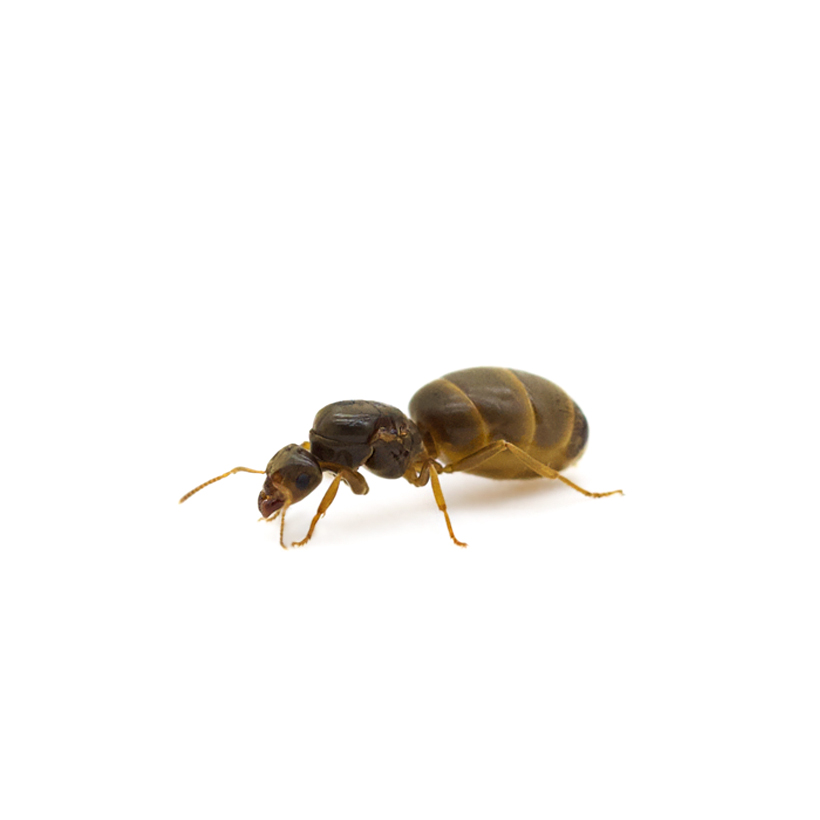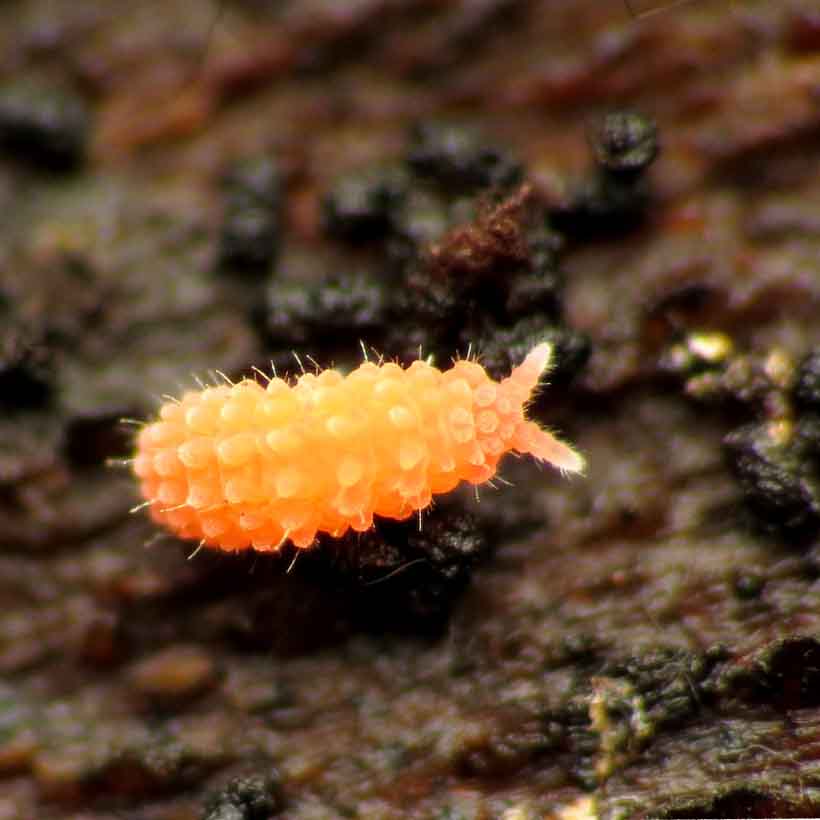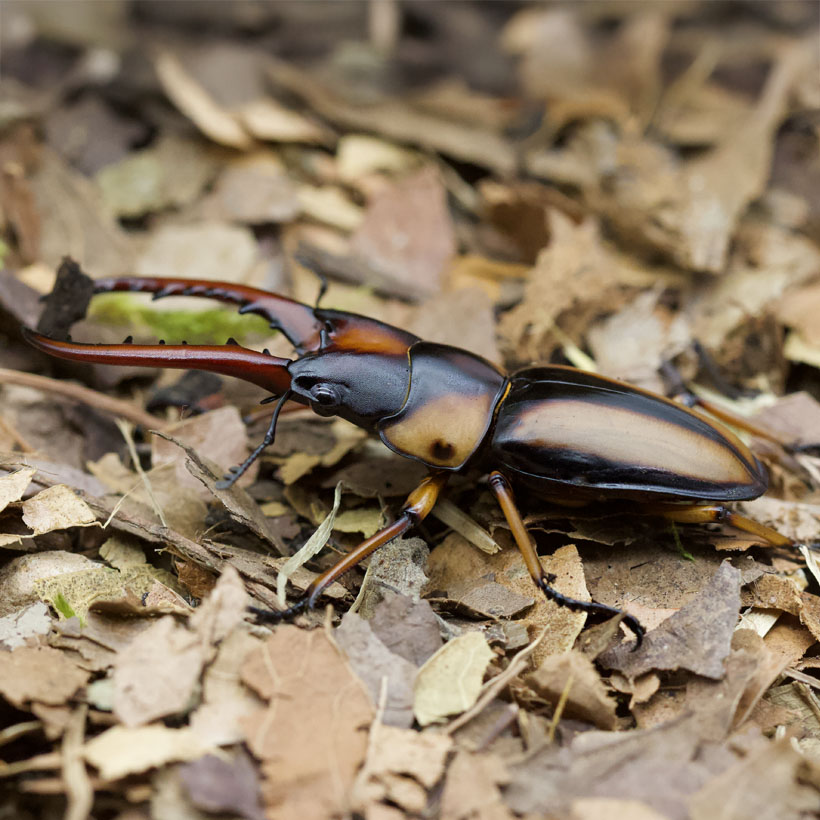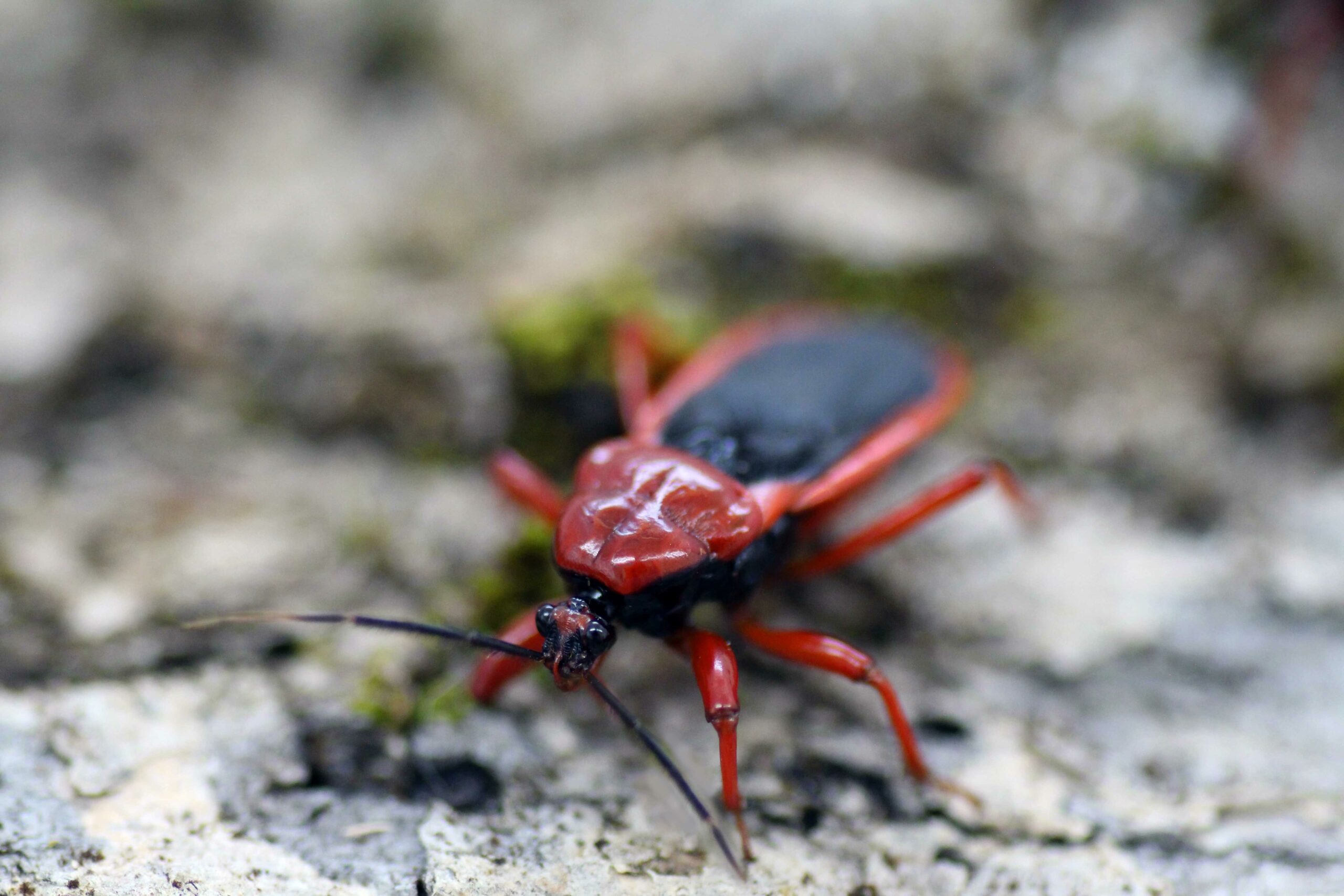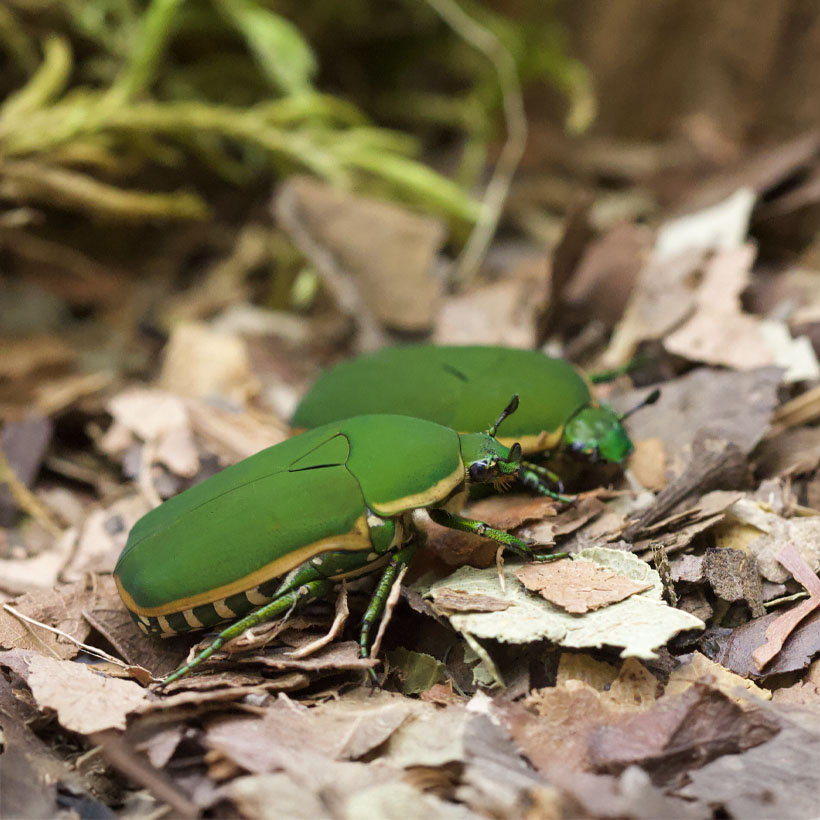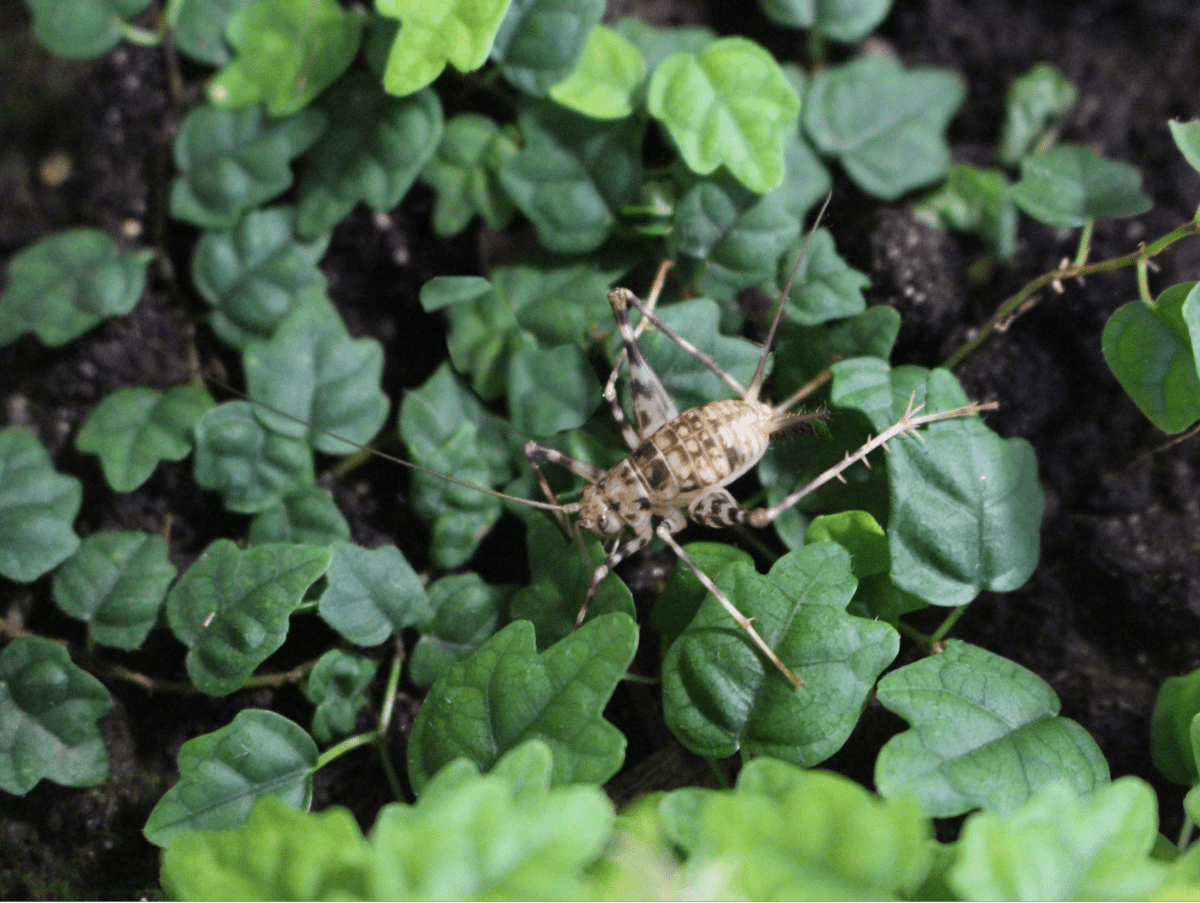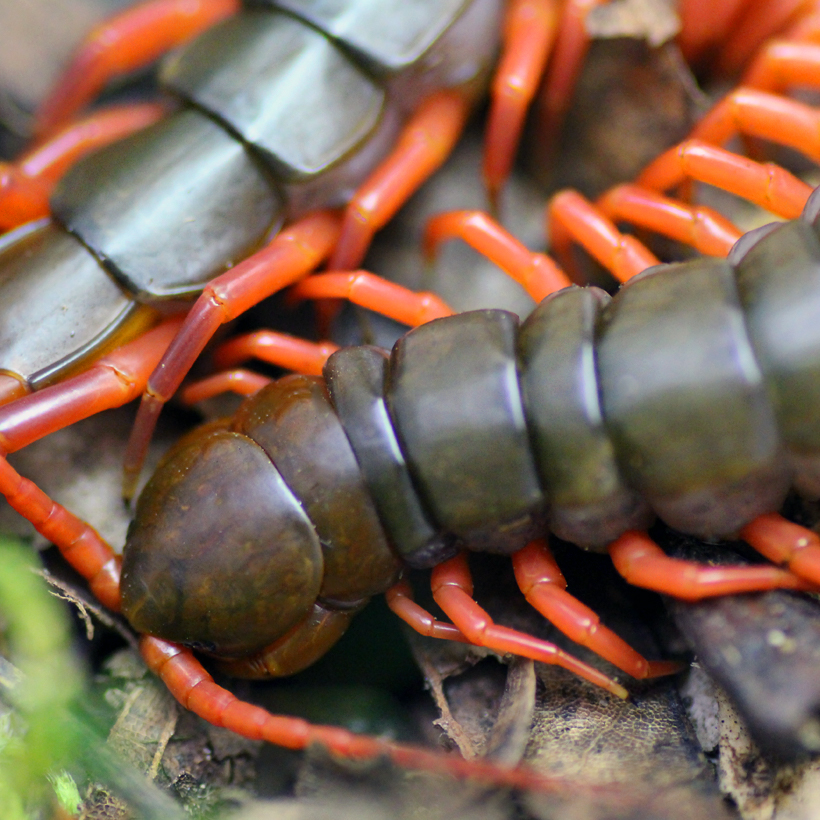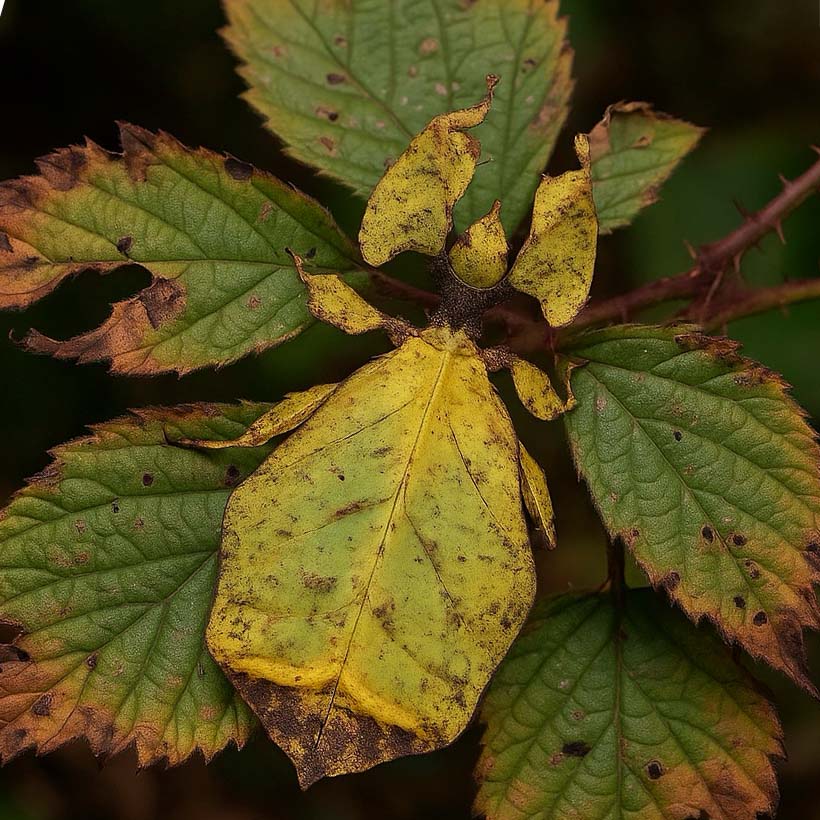Your cart is currently empty!
Lasius (Cautolasius) flavus
Out of stock
Cosmopolitan
< 4 mm
18°C – 28°C
Lasius (Cautolasius) flavus: The perfect introduction to ant keeping
Lasius (Cautolasius) flavus is a species of ant that is particularly popular with beginners and is ideal for starting out in the fascinating world of ant keeping. This species lives mainly underground and forms nests that often have few or no visible exits. The smaller, above-ground part of the nest, often shaped like a mound, serves as a storage area for the brood on warm days.
Lasius (Cautolasius) flavus feeds mainly by trophobiosis, which means that they live in symbiosis with various root lice, from which they obtain nutrients in the form of honeydew. This coexistence allows the ants to utilize a constant source of food, occasionally consuming the root lice themselves. This diet makes them particularly interesting for the observation and study of symbiotic relationships in nature.
Ants mainly use their keen sense of smell for orientation, as their sense of sight is greatly reduced. This aspect of their biology offers exciting insights into the adaptability and evolutionary development of insects.
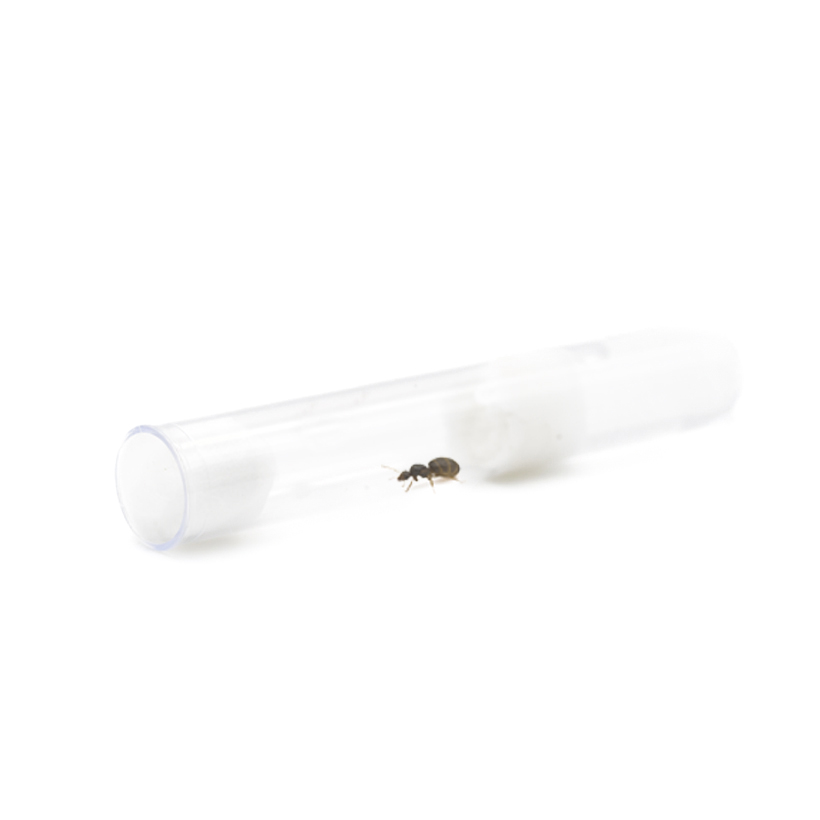
In terms of diet, Lasius (Cautolasius) flavus offers a wide range of possibilities. You can offer them a varied diet consisting of oven fish, jelly, Drosophila hydei, chocolate cockroaches and sugar water. These food sources cover both the ants’ protein and energy requirements and promote their health and development. The supplied test tube contains a water tank, which not only ensures the necessary humidity in the nest, but also serves as an important source of liquid. This setup makes it possible to keep the ant colony up to a size of around 50 workers in the test tube before an expansion of the habitat should be considered.
Another special feature of Lasius (Cautolasius) flavus is the annual hibernation period, which lasts from the end of October to the end of March and should be kept at temperatures between 5 and 8°C. This dormancy period is crucial for the ants’ natural life cycle and must be taken into account when keeping them in order to ensure the health and well-being of the colony. During the hibernation period from the end of October to the end of March, you should not feed the ants or disturb the nest to support their natural resting cycle.
In your set you will receive the ants in a test tube, together with their brood, giving you an immediate insight into the brood care behavior of this fascinating ant. Whether as an educational project for children or an exciting hobby for adults, Lasius (Cautolasius) flavus offers a unique opportunity to delve deeper into the world of ants and learn more about their complex social behavior and ecology.
